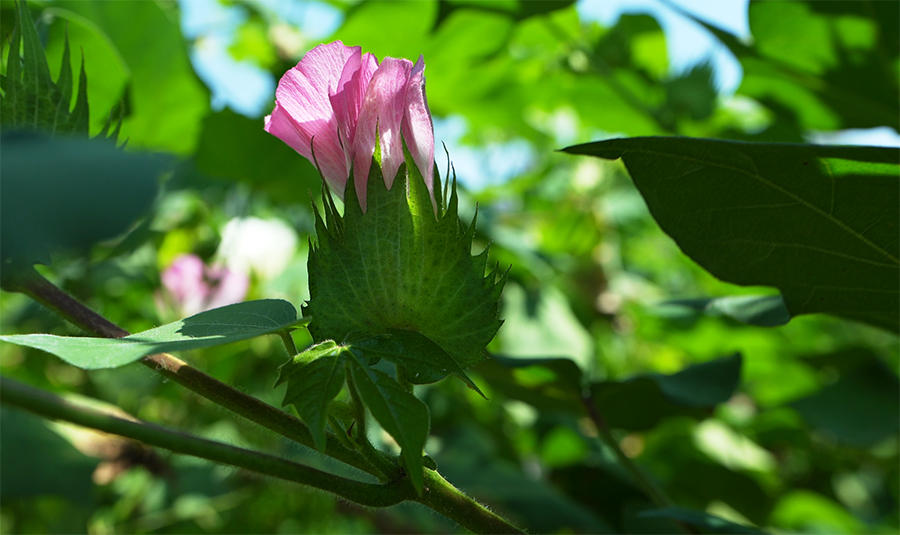QIAN Yuyuan, LIU Yi, ZHANG Xi, WANG Yan, WANG Guangen, CUI Shufang, LI Junlan
In order to elucidate the mechanism of thousand kernel weight (TKW) reduction in ims-15, the transcriptomes of 30 days post anthesis (DPA) embryos of ims-15 and its near isogenic line Ji737 were compared, and the sequencing results were verified by Real-time quantitative PCR. A total of 4 239 differentially expressed genes (DEGs) were screened, including 2 229 (52.6%) up-regulated genes and 2 010 down-regulated genes(47.4%) in ims-15. GO functional enrichment analysis showed that the DEGs were significantly enriched in seven items of biological processes such as cell wall macromolecular catalysis, photosynthesis-light harvesting, cell wall macromolecular metabolism and photosynthesis, and in four items of molecular functions such as chlorophyll binding, tetrapyrrole binding and iron ion binding, and in the nine items of cellular components such as photosystem I, thylakoid part, photosynthetic membrane and thylakoid. three categories of biological processes, molecular functions, and cellular components. In the category of biological processes, seven items such as cell wall macromolecular catalysis, photosynthesis-light harvesting, cell wall macromolecular metabolism and photosynthesis were enriched. And in the category of molecular functions, four items such aschlorophyll binding, tetrapyrrole binding, and iron ion binding were enriched. And in the category of cellular components, nine items such as photosystem I, thylakoid part, photosynthetic membrane and thylakoid were enriched. Down-regulated genes annotated in photosynthesis-related items accounted for 85.11% of all DEGs in these items.And all of the DEGs annotated in photosynthesis-light harvesting, chlorophyll binding and photosystem were down regulated in ims-15. KEGG enrichment analysis showed that 20 metabolic pathways, including photosynthesis antenna protein, flavonoid biosynthesis, phytohormone signal transduction, phenylpropanoid biosynthesis, MAPK signaling pathway, glycolysis/gluconeogenesis, starch and sucrose metabolism, were significantly enriched.The enrichment of photosynthesis-antenna protein pathway was the highest and the 18 DEGs enriched in this pathway were down regulated in ims-15. The number of DEGs enriched in the plant hormone signal transduction pathways was the most. Transcription factor analysis obtained a large number of transcription factors that affect kernel weight formation, such as WRKY, Dof, AP2/EREBP et al. The correlation coefficient between qRT-PCR and RNA-seq data was 0.955 9, which verified that the results of RNA-seq were accurate and reliable. Based on the results of GO functional enrichment analysis, KEGG enrichment analysis and transcription factor analysis, some metabolic pathways closely related to the development of grain weight had been clarified. Especially, the embryonic photosynthetic pathway played an important role in the formation of kernel weight. It was discovered that plant hormone signal transduction pathways and transcription factors played an important regulatory role in kernel weight formation.
